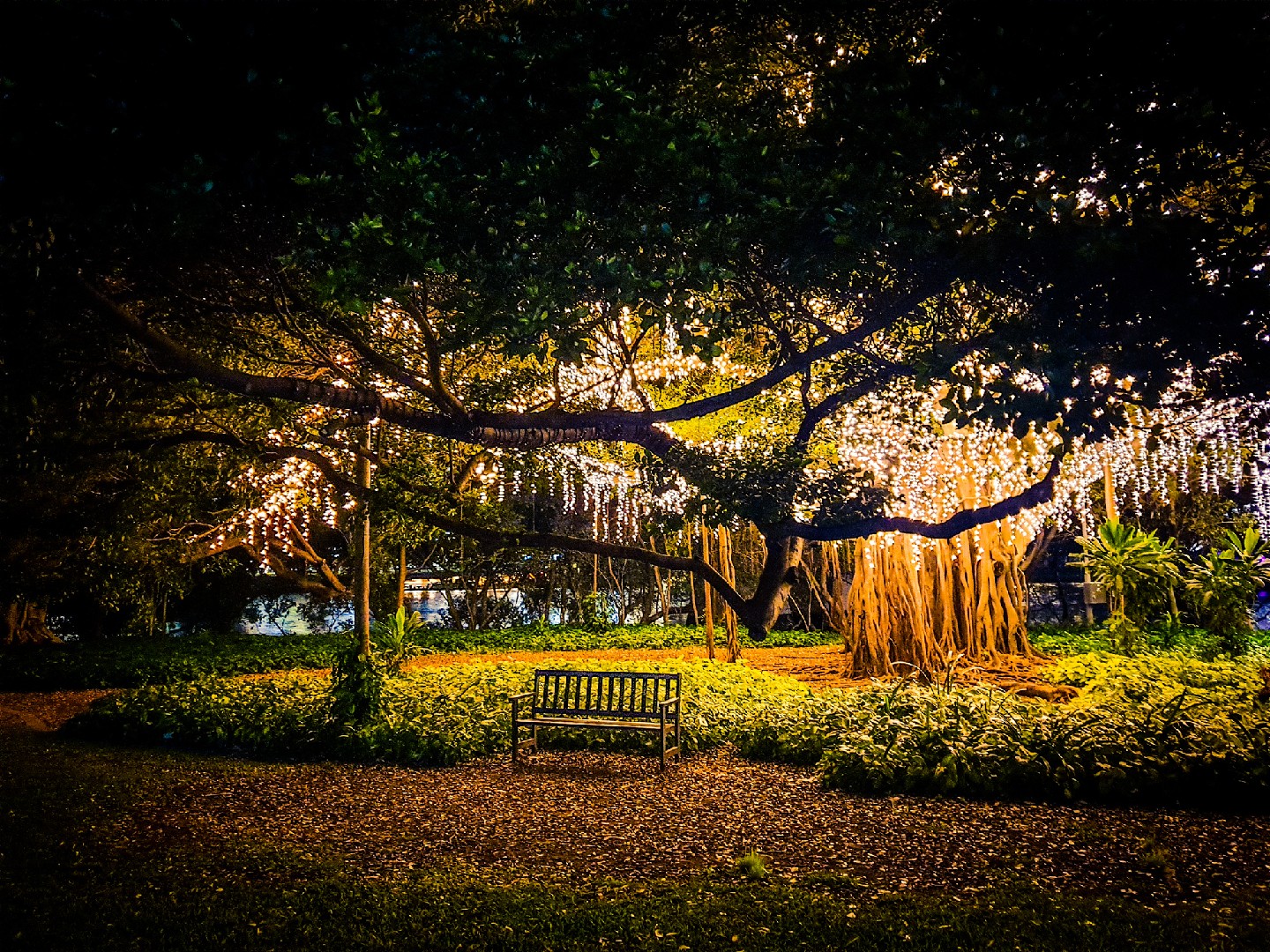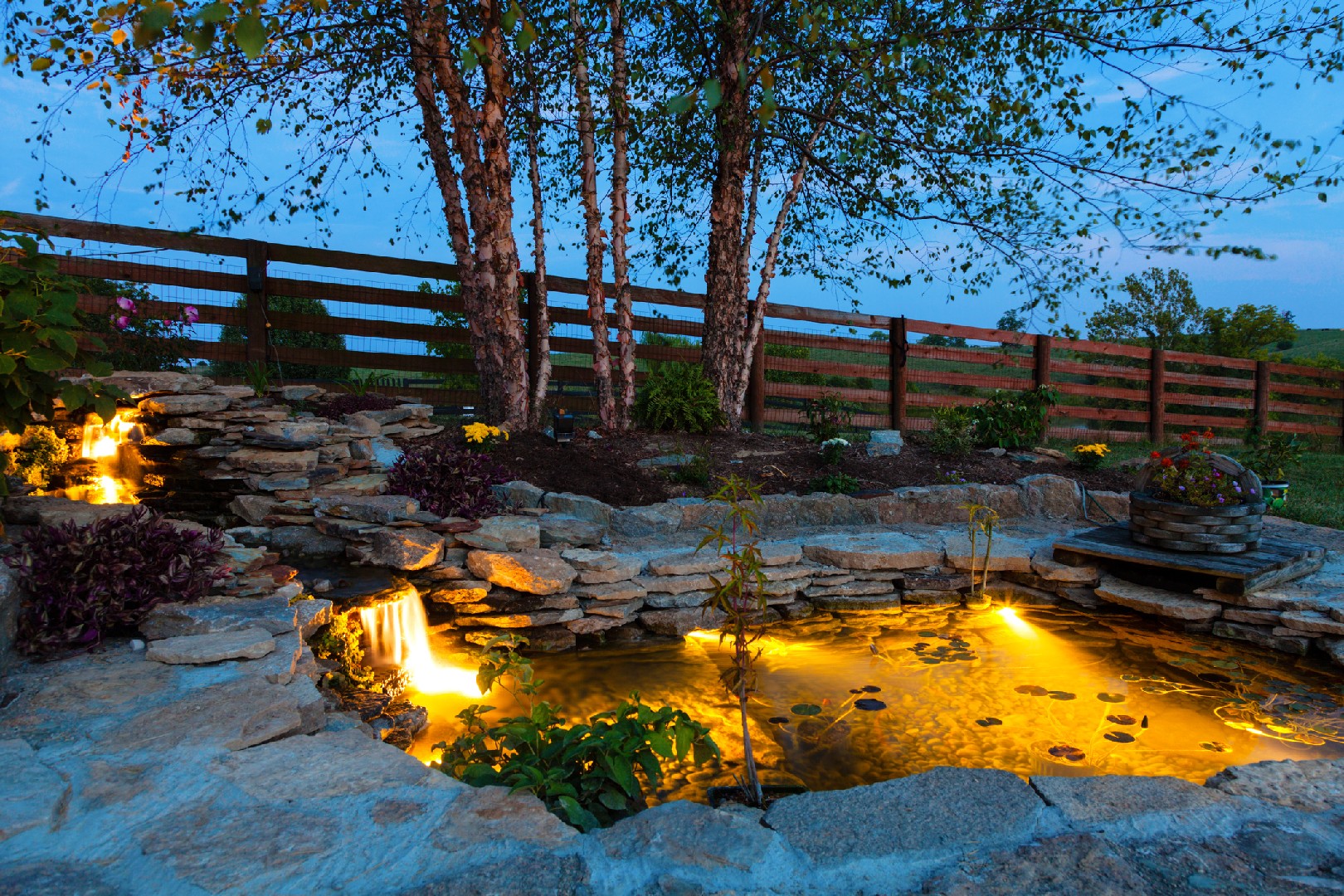![Rectangle]()
Art Nouveau: The Poetic Drama of Lights in Gardens
Art Nouveau, meaning 'new art' in French, was a revolutionary artistic movement that emerged in the late 19th century and flourished until the early 20th century. This movement brought an innovative and poetic approach to lighting design, which seamlessly integrated with the natural world.
Understanding Art Nouveau lighting design is essential to appreciate its historical significance and context. The movement aimed to break away from the conventions of traditional design and embrace the organic, flowing lines inspired by nature. In gardens, Art Nouveau lighting focused on creating a harmonious interplay of light and nature, evoking a sense of enchantment and mystery.
One method used in Art Nouveau garden lighting was the incorporation of natural elements. Decorative fixtures made from wrought iron, a quintessential material of the movement, were often shaped like flowers, leaves, or vines. These fixtures were carefully placed to enhance the natural beauty of the garden while providing subtle illumination. The poetic drama of lights in Art Nouveau gardens was achieved by strategically highlighting architectural features such as pergolas, archways, and statues, creating captivating visual vignettes.
The historical significance of Art Nouveau lighting extends beyond its aesthetic appeal. It represented a cultural shift towards modernity and a rejection of the excesses of the industrial revolution. As a response to the mechanization and mass production of the era, Art Nouveau sought to restore craftsmanship, individuality, and a connection to nature in all aspects of life, including lighting design. By incorporating elements inspired by the natural world, Art Nouveau lighting emphasized the importance of preserving and appreciating the beauty of the environment.
Modern evolutions and adaptations of Art Nouveau lighting techniques can be seen in contemporary garden designs. While maintaining the fundamental principles of organic shapes and nature-inspired elements, modern garden lighting takes advantage of technological advancements. LED lighting, for example, allows for energy-efficient and versatile illumination, making it a popular choice among designers. Furthermore, advancements in materials and manufacturing techniques have expanded the possibilities for creativity and innovation in Art Nouveau-inspired garden lighting.
To incorporate Art Nouveau lighting styles into your own garden, consider the following practical tips. Start by observing the natural elements in your garden and identifying areas that could benefit from subtle illumination. Choose fixtures that mimic organic shapes, such as flower petals or twisting vines, to create a cohesive visual language. Experiment with different light intensities and angles to accentuate architectural features or highlight specific areas of interest. Finally, prioritize the use of environmentally-friendly lighting options, like LED bulbs, to reduce energy consumption and minimize your carbon footprint.
In conclusion, Art Nouveau lighting design adds a touch of poetic drama to gardens, evoking a sense of timelessness and enchantment. Understanding its historical context and techniques allows us to appreciate how this movement revolutionized lighting design and paved the way for modern adaptations. By incorporating Art Nouveau-inspired lighting styles into our gardens, we can create captivating spaces that celebrate the beauty of nature while embracing contemporary technology and eco-consciousness.





